Reactor Institute Delft
A nuclear reactor created for Eisenhower's "Atoms for Peace" campaign is now used for research at a Dutch university.
The Delft University of Technology (TU Delft) was the first place in the world to create graphene, levitate frogs, and entangle particles over long distances. Of course all of these innovations are made possible by the university being equipped with state-of-the-art scientific instruments, such as its own nuclear reactor for radiation experiments.
The nuclear reactor at TU Delft’s Reactor Institute Delft is originally American, and was designed for former U.S. President Dwight Eisenhower’s 1953 campaign “Atoms for Peace.” It was created as a demonstrational reactor and displayed in various locations around the world to promote the safety and beauty of nuclear power.
After traveling for many years the reactor eventually ended up at Schiphol Airport in the Netherlands, where it was displayed to the people during an exhibition called “The Atom.” After this, the instrument was moved to Delft in 1963 and renamed the Hoger Onderwijs Reactor (Higher Education Reactor), or HOR. It still stands there today and is used for research and education.
The reactor is a unique open-pool type that allows for high visibility of the nuclear core and the spooky blue radiation that comes out of it. The reactor is for research purposes only and does not generate electricity as a typical reactor would; instead, it is possible to generate strong beams of radiation with it to irradiate samples, animals, and recently even a person (for cancer treatment).
The blue light coming out of the reactor is actually very interesting on its own. It is created by freshly split particles that travel close to the speed of light in vacuum, so close in fact that they travel faster than the speed of light in water (which is slightly slower). It’s comparable to jet planes going faster than the speed of sound and creating a sonic boom. This is more of an “aquatic flash” that physicists call Cherenkov radiation. Incidentally, it is something that won Albert Einstein the Nobel Prize.
Know Before You Go
Located in Building 50 of the Faculty of Applied Sciences on the TU Delft campus. The reactor is not regularly open to the public, but there are occasionally open days when they give tours.


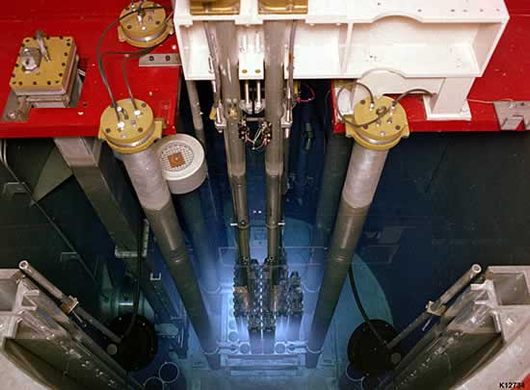
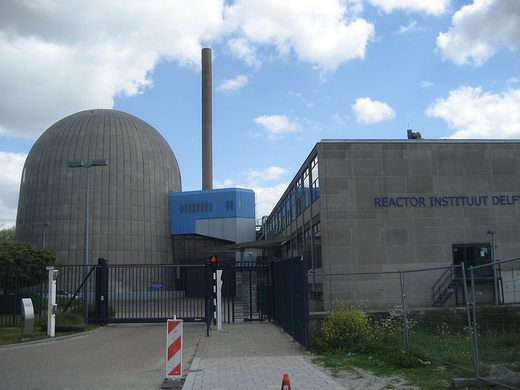




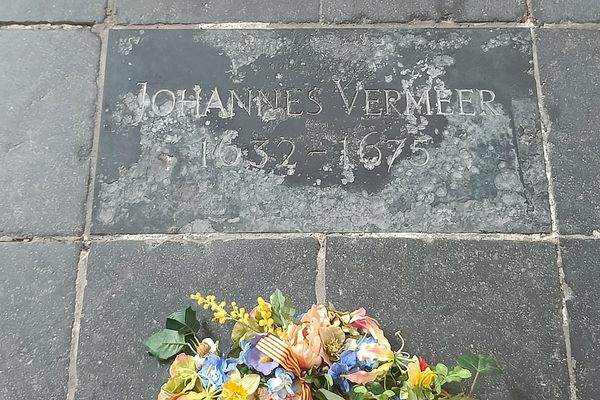
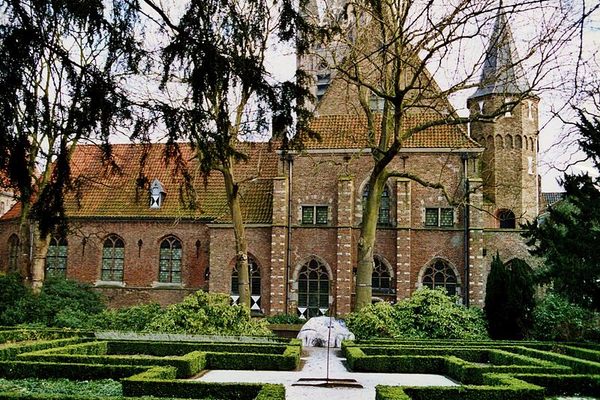


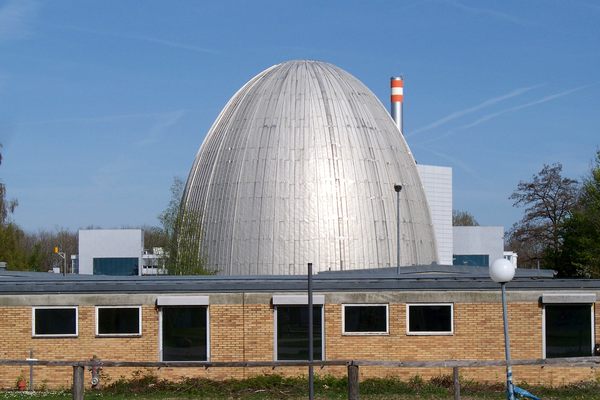

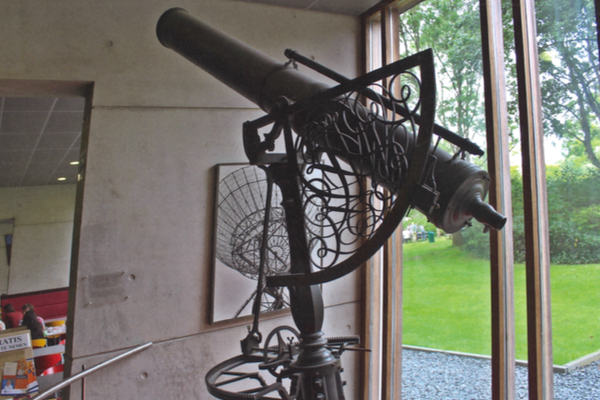


Follow us on Twitter to get the latest on the world's hidden wonders.
Like us on Facebook to get the latest on the world's hidden wonders.
Follow us on Twitter Like us on Facebook